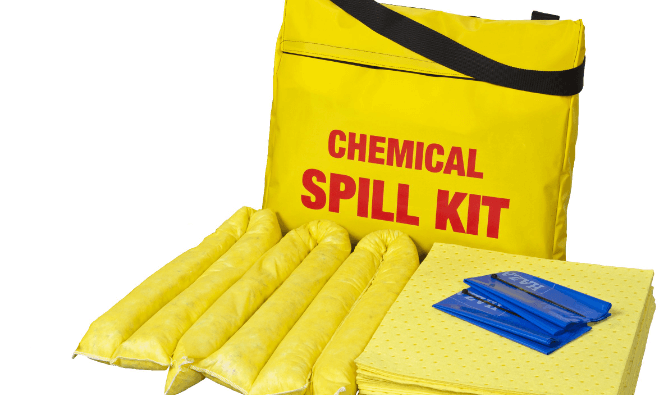Top 5 Features to Look for in a High-Quality Chemical Spill Kit

Handling hazardous materials is a routine yet critical operation. Ensuring personnel safety and the environment requires stringent procedures and reliable emergency response tools. The spill response kit designed for hazardous chemicals is a cornerstone among these tools. Such kits are indispensable in mitigating the risks associated with chemical spills, which can occur despite the best preventive measures. Identifying the right features in a spill response kit can make a significant difference in effectively managing a hazardous situation. This guide delves into the top five features that signify a high-quality kit, ensuring readiness and efficacy when it matters most. By the end, one should be well-informed on what to seek in a chemical spill kit, setting the stage for a safer workplace.
Comprehensive Absorbent Materials
Variety and Specificity: High-quality kits contain a range of absorbent materials, each tailored to different types of chemicals. Look for kits that offer universal absorbents for various liquids and specialised absorbents for acids, bases, or oils. This diversity ensures the kit can handle any spill scenario.
Efficiency: The absorbents should be highly effective and capable of quickly soaking up large volumes of liquid relative to their weight. This rapid action is crucial in containing spills before they spread or seep into the environment.
Personal Protective Equipment (PPE)
Adequate Protection: The inclusion of appropriate PPE is non-negotiable. Kits should provide gloves, goggles, and sometimes, respirators or aprons designed to offer protection against the specific chemicals in question.
Quality and Compliance: Ensure the PPE meets relevant safety standards and regulations. High-quality kits feature durable, reliable protective gear that can withstand exposure to hazardous substances without compromise.
Clear and Comprehensive Instructions
Ease of Use: During an emergency, clarity is critical. Look for kits with straightforward, easy-to-follow instructions that any team member can understand and act upon quickly.
Language and Visual Aids: Instructions should ideally be multilingual or supplemented with universal symbols and diagrams. This ensures that the kit is accessible and usable by a diverse workforce.
Container Durability and Portability
Robust Housing: The container holding the kit’s components should be sturdy, resistant to chemicals, and capable of withstanding harsh conditions. This durability protects the contents and extends the kit’s shelf life. Additionally, the material of the container itself should be impervious to the chemicals it’s meant to contain, ensuring that there’s no degradation over time and that the kit remains secure in various environmental conditions.
Ease of Mobility: In an emergency, speed is of the essence. A high-quality kit is housed in a durable and easily transported container. Often featuring handles, wheels, or both, these containers allow quick deployment to the spill site. The design should also facilitate easy storage in various environments, from tight spaces within vehicles to accessible spots within facilities, ensuring that the kit can be rapidly accessed and moved to where it is most needed.
See also: Harmony in Design: The Dual Benefit of Perforated Plywood Panels
Regulatory Compliance and Customisation
Standards Adherence: The best kits comply with local and international regulations governing chemical safety and environmental protection. This compliance is not just about legality; it reflects the kit’s adequacy in providing effective spill response.
Adaptability: Facilities dealing with unique or varied hazardous materials may require customised kits. Top-tier options offer the flexibility to tailor contents to specific needs, ensuring that the response is as effective as possible for the on-site chemicals.
Conclusion
A high-quality chemical spill kit is a pivotal component of any safety protocol in environments dealing with hazardous substances. Such kits protect personnel and property and minimise environmental impact, ensuring rapid and effective spill containment and cleanup. When selecting a kit, looking for comprehensive absorbent materials, appropriate and quality personal protective equipment, clear instructions, durable and portable containers, regulatory compliance and customisation options is essential. With these features in mind, one can choose a spill response kit that meets the highest safety and efficiency standards, embodying the best practices in chemical spill management.



